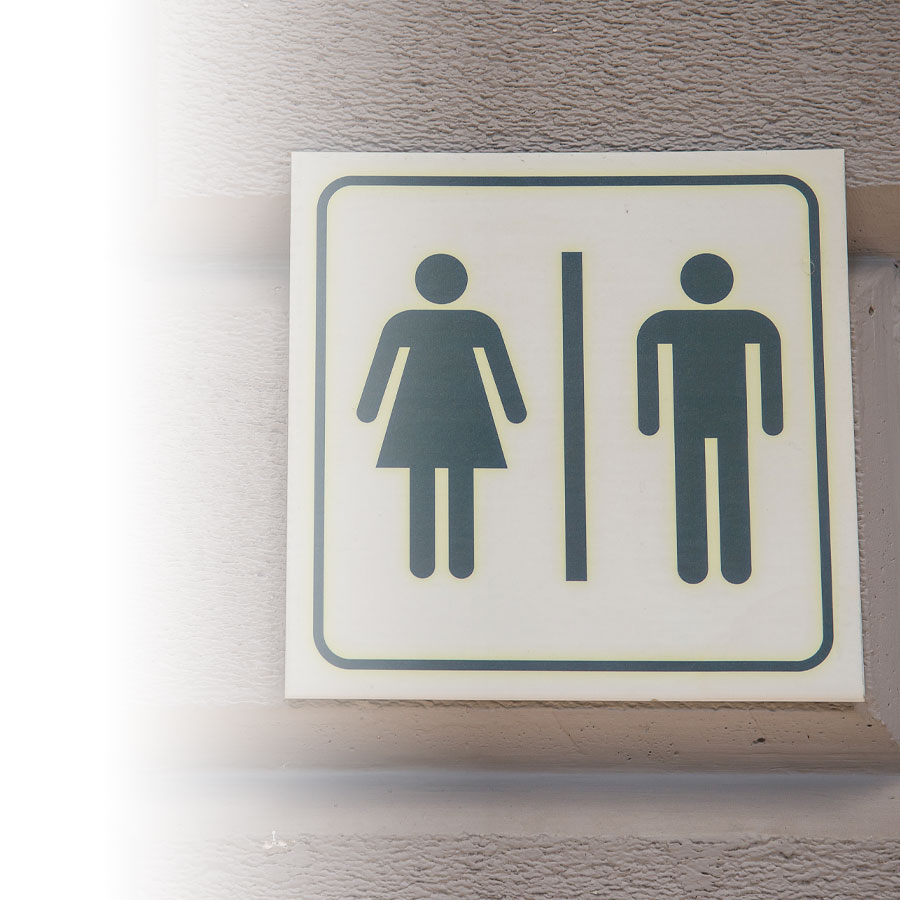Urinary incontinence is a very common health problem, yet one that is too often underestimated. Let's shed some light on this issue.
What is urinary incontinence?
Urinary incontinence is a fairly common problem for both men and women. It is not an illness per se, but rather a symptom indicative of a dysfunction. Anyone can experience occasional bladder weakness for a multitude of reasons.
For some people, bladder weakness is part of everyday life. When it is frequent or repetitive, it can cause discomfort and embarrassment. Urinary incontinence is often associated with aging. While it is true that the risk of incontinence increases with age, younger people can also be inconvenienced by it.
How can bladder weakness be explained?
Urinating is essential to eliminate waste from the body. Several organs and structures come into play for the proper functioning of the urinary system: the brain, kidneys, urethra, bladder, sphincters, pelvic muscles, etc.
The brain is the “control centre” that coordinates the functioning of the urinary system. The kidneys filter waste from the blood and produce urine. The bladder is a vessel that holds the urine before it is eliminated. The urethra is the tube that carries urine out of the body. The sphincters are rings of muscles that contract to hold urine or relax to allow the flow of urine. The pelvic muscles keep the bladder and urethra in place and help to keep the bladder closed.
When one of these areas of the body does not function normally, it can result in bladder weakness.
What are the causes of bladder weakness?
Bladder weakness can be caused or made worse by various factors, including:
- weakened pelvic muscles
- menopause
- pregnancy or childbirth
- constipation
- the use of certain medications
- strenuous exercise
- urinary tract infection
- being overweight
- aging
- certain illnesses (e.g. Alzheimer’s disease and diabetes)
- surgery (e.g. hysterectomy)
There are five main types of incontinence.
Stress incontinence
When pelvic muscles are too weak to keep the system closed properly and the problem leads to involuntary leakage, we call this stress incontinence. This can occur as a result of coughing, sneezing or laughing, lifting a heavy object or strenuous exercise. Menopause, pregnancy and childbirth may also be a factor.
Urge incontinence
A sudden, urgent need to urinate is experienced. The bladder does not respond to the brain’s commands and tries to empty itself despite efforts to stop it. An overactive bladder may be at the source of this problem.
Overflow incontinence
The bladder is unable to empty itself completely. This results in an accumulation of urine that drips slowly, in the daytime or at night. This type of incontinence can, for instance, be caused by prostate problems in men.
Functional incontinence
People affected by it have difficulty getting to the bathroom in time due to mental or physical impairments (e.g. Alzheimer’s disease or severe arthritis) or the use of certain medications.
Mixed incontinence
This is a condition that combines components of two types of incontinence, which are most often related to stress and urge incontinence.
What is the impact of urinary incontinence?
Although urinary incontinence is sometimes underestimated by both health professionals and the people who suffer from it, it is a real problem with multiple impacts. Beyond the embarrassment and discomfort caused by bladder weakness, there are other consequences that should not be overlooked. Here are some examples:
- loss of self-esteem
- limitation of usual activities
- tendency to self-isolate
- stress or anxiety
- depressed mood
- relationship or sexual difficulties
- increased risk of falls
- skin problems (e.g. irritation, infection or sores)
- etc.
Speak to a healthcare professional if you are dealing with urinary incontinence, because there are simple and manageable solutions. For additional information on this subject, read the following.

